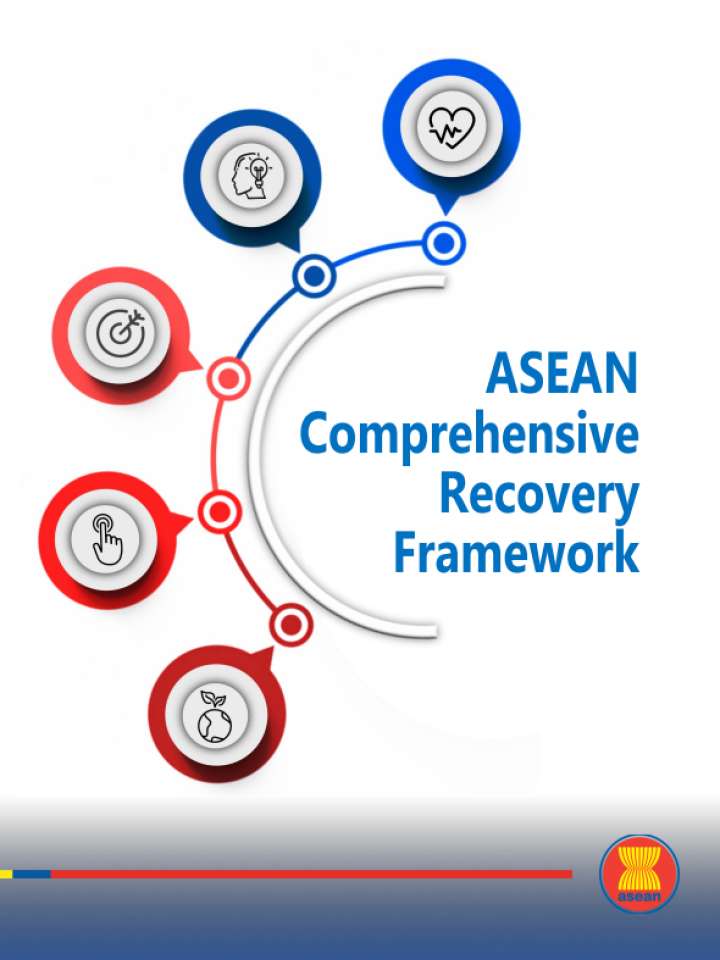ASEAN Comprehensive Recovery Framework
The unprecedented scale of coronavirus disease (COVID-19) has taken the world by surprise. Since it was declared a pandemic in March 2020, COVID -19 has continued to upend lives and disrupt livelihoods around the world. ASEAN has not been spared. As time unfolds, it had shown that COVID-19 is not only a global public health crisis, but also a global economic crisis. As of 7 November 2020, the 10 ASEAN Member States (AMS) collectively accounted for 2.0% of global confirmed cases and 1.9% of global deaths. These percentages may seem relatively low compared to other regions, and in many ASEAN Member States (AMS), COVID-19 cases have either plateaued or dropped. However, concerns remain regarding potential recurring waves of infections as economies reopen and a few AMS are still battling rising numbers.
While the human costs vary in the region, the economic impact of COVID-19 is significant and broad-based. At the onset of the pandemic, the financial market slumped, while the normal course of production, trade, and distribution, disrupted by travel and movement restrictions. Later on, the shocks have also resonated on the demand side. During the Asian Financial Crisis (AFC) in 1997, the output in ASEAN recovered quickly although the recovery took longer before it reached the pre-crisis 1997 level. Looking at today’s crisis, regional and global recovery is hard to predict with certainty as everything depends on how the pandemic plays out and how it affects the potential growth of the global economy, and which, in turn, also affects the strength of recovery of the region. Similarly, unlike the AFC in 1997 and the Global Financial Crisis (GFC) in 2008, the current crisis has adversely affected the productive capacity of the region’s economy – from trade and investment, to travel and tourism, to manufacturing and services – which may make the economic shocks from this pandemic crisis deeper and longer lasting.
Explore further
